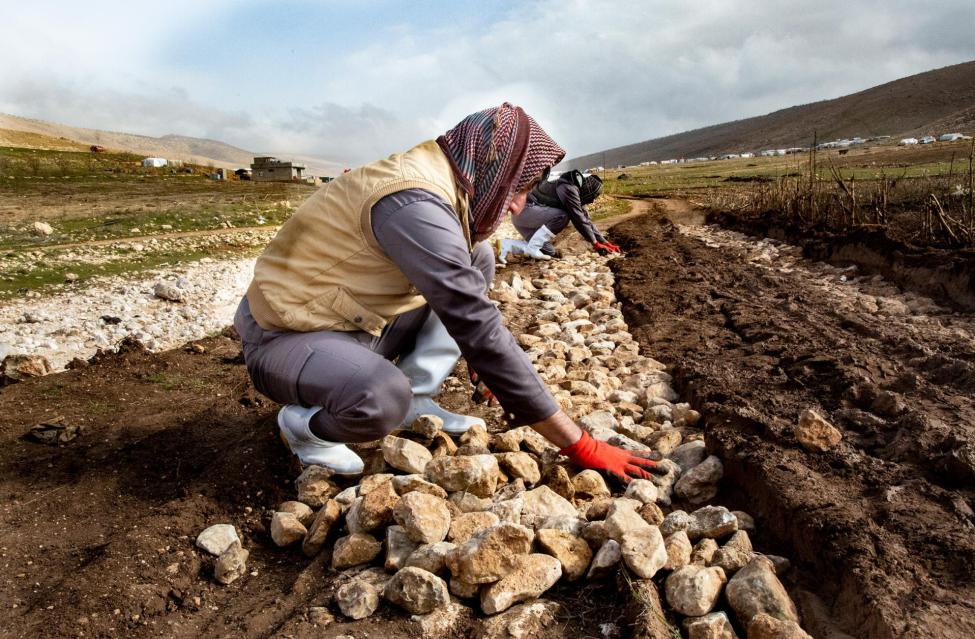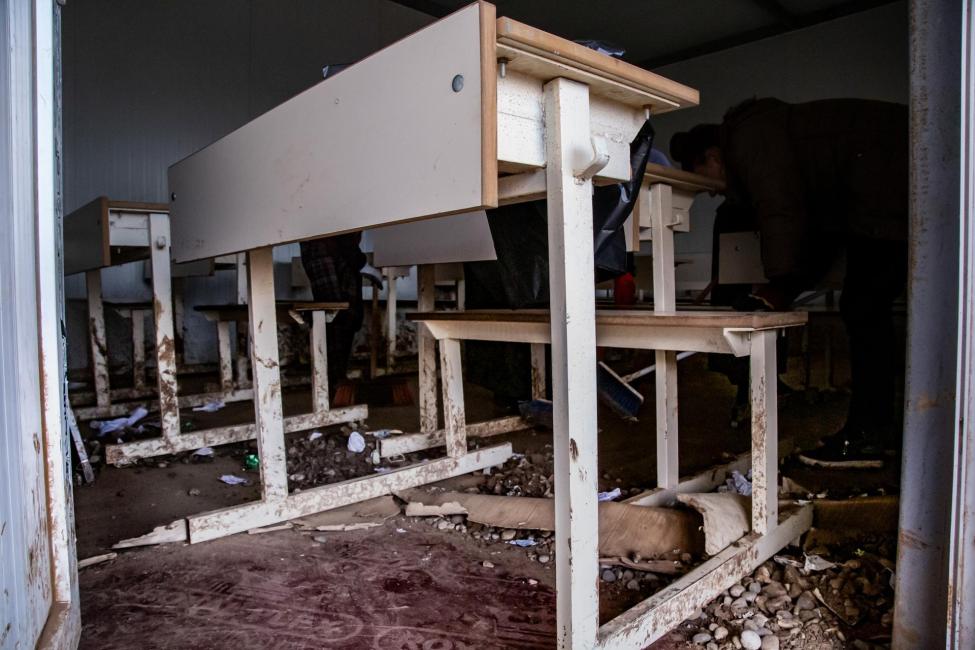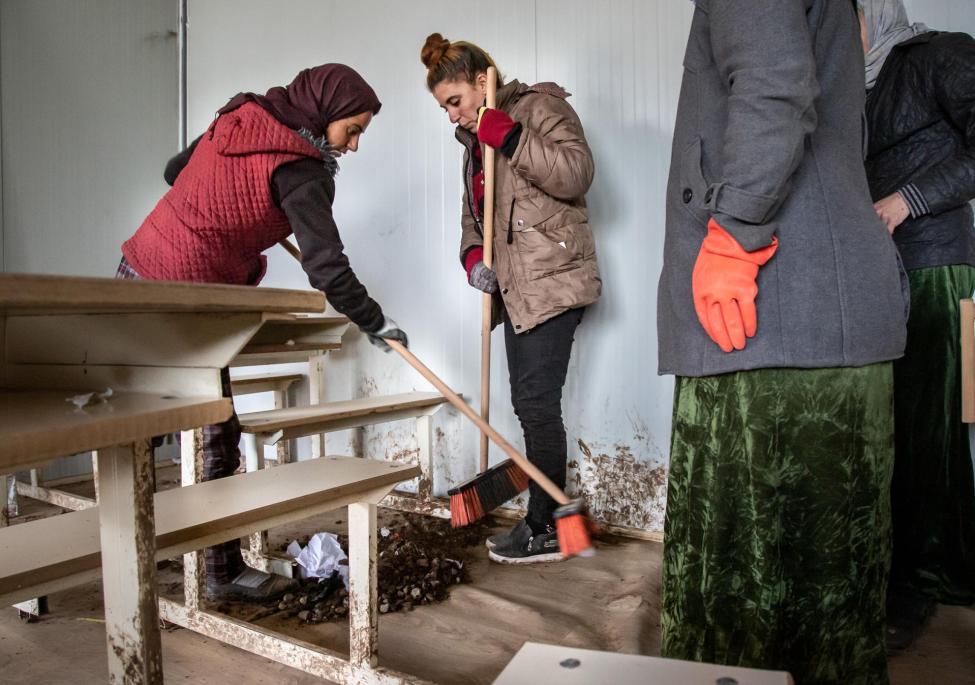-
من نحن
من نحنتعد المنظمة الدولية للهجرة جزءًا من منظومة الأمم المتحدة باعتبارها المنظمة الحكومية الدولية الرائدة التي تروج منذ عام 1951 للهجرة الإنسانية والمنظمة لصالح الجميع ، حيث تضم 175 دولة عضو وتتواجد في أكثر من 100 دولة. ان المنظمة الدولية للهجرة لها وجود في العراق منذ عام 2003.
معلومات عن
معلومات عن
المنظمة الدولية للهجرة في العالم
المنظمة الدولية للهجرة في العالم
-
عملنا
عملنابصفتها المنظمة الحكومية الدولية الرائدة التي تروج للهجرة الإنسانية والمنظمة منذ عام 1951 ، تلعب المنظمة الدولية للهجرة دورًا رئيسيًا في دعم تحقيق خطة عام 2030 من خلال مجالات التدخل المختلفة التي تربط بين المساعدة الإنسانية والتنمية المستدامة. في جميع أنحاء العراق ، تقدم المنظمة الدولية للهجرة استجابة شاملة للاحتياجات الإنسانية للمهاجرين والنازحين داخليًا والعائدين والمجتمعات المضيفة.
ماذا نفعل
ماذا نفعل
القضايا العالمية الشاملة
القضايا العالمية الشاملة
- البيانات والمصادر
- بادِر
- 2030 Agenda
At a distance, Sinjar looks like a ghost town with no signs of life, still lying in ruins despite the return of some residents. More than four years since ISIL attacked the town, over 2,300 families still remain in displacement on Mount Sinjar, with many more living in camps in the Kurdistan Region of Iraq.
Returns to Sinjar, home to primarily members of the Yazidi minority group, have been slow due to destruction of houses, lack of public services and livelihood opportunities, amongst other concerns. Displaced families and returnees do not have the chance to provide their families with basic needs such as food, household items and medical care.
“We used to farm before ISIL attacked our village and pushed us onto the mountain, where we don’t have many livelihood opportunities to cover our needs. My husband goes to Duhok as a daily paid worker to support the family, but what he earns is not enough,” said Basima Dakhil, from Til Uzer village, Qahtaniyah district, currently living on Mount Sinjar.
Basima and 225 other women and men are participating in an IOM cash-for-work project funded by Canada, U. S. State Department’s Bureau of Populations, Refugees and Migration (PRM) and USAID, in which inhabitants from Sinjar district, both on the mountain and Sinjar old town, carry out tasks such as cleaning schools, streets and municipal buildings, rehabilitating hospitals and upgrading tents, and implementing flood mitigation measures, in return for cash. The project helps the workers, and benefits the community.
“Participating in this cash-for-work project enables me to support my family. With the money I earn here, I buy milk for my child, medicine and other items for the household,” said Basima.
IOM selects the most vulnerable people for this cash-for-work project through a vulnerability assessment. Local community leaders first provide a list of names to IOM; IOM then interviews the families to determine their vulnerability based on criteria such as household structure (i.e. female-headed household), economic situation, whether members of family have disabilities, whether children go to school, etc.
“I have seven children; my three-year-old daughter needs an operation. She has undergone three operations so far. I had some sheep but sold them to pay for her treatment. Now I am saving the money I earn through this cash-for-work project to pay for her fourth operation,” said Barkat Khudur Micho who was displaced from Qahtaniyah to Khanke town in Duhok, when ISIL attacked their village in 2014. They later returned to Mount Sinjar to be closer to home.
“Being away from home was very difficult for us, so we returned to live on Mount Sinjar; although we live in harsh conditions, we feel more comfortable here because it is our land and we are closer to home,” says Barkat.
Whether people return to Sinjar or stay in displacement, one thing is obvious: they need support. This support can be offered through the rehabilitation of houses and public infrastructure, provision of education and health services, or support to revive livelihoods so these families can earn money to support themselves.









